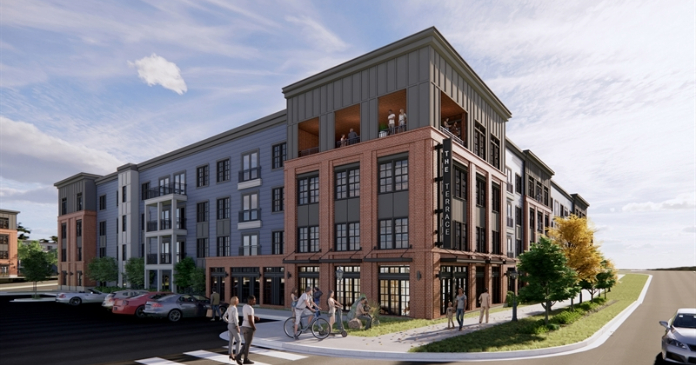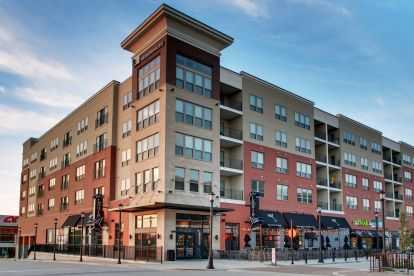The National Multifamily Housing Council (NMHC) and National Apartment Association (NAA) issued the following statement on the disappointing news that less than a quarter of emergency rental assistance aid has been distributed to residents and property owners in need.
Over the course of the pandemic housing providers across the country have gone above and beyond to help and support residents dealing with financial challenges. From payment plans, waived fees, changes to lease terms and support in finding and securing rental assistance, housing providers have been deeply creative and innovative to keep their residents safely and securely housed.
However, after a year and a half of pandemic-related costs, the nation’s housing providers and residents continue to face serious challenges meeting their financial obligations. Residents are struggling to pay their rent and property owners always had to continue paying their taxes, mortgages, payroll, insurance costs and more. Housing providers across the country are facing untold millions of dollars in rental arrears. Accordingly, it is critical that rental assistance funds are distributed as quickly and efficiently as possible.
In order to facilitate the distribution of rental assistance aid to residents and housing providers alike, NMHC and NAA, on behalf of the nation’s 40.1 million individuals who call an apartment home, ask policymakers to make the following improvements to expedite rental assistance distribution:
- Reject the addition of counter-productive eviction moratorium provisions.
- Direct grantees to allow housing providers to apply on behalf of residents under a notification safe-harbor, prioritize arrearages and remove 18-month limit on assistance.
- Allow ERAP to reimburse rental property owners, without qualification, on properties where a renter has moved out.
Additional reforms to the emergency rental assistance program can be found here.
Without action to improve disbursement of ERAP and increased participation in the program, renters are faced with further uncertainty and a mounting debt cliff, while rental property owners move closer to foreclosure, bankruptcy, or a forced sale of the property—putting the overall stability of the rental housing sector and broader real estate market in peril.













